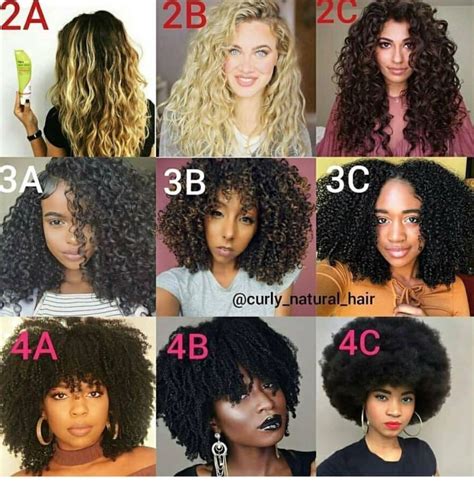Introduction
With an array of textures, volumes, and lengths, curly hairstyles for black people are a testament to their rich cultural heritage. From tight ringlets to loose waves, there’s a curly hairstyle to suit every face shape, personality, and occasion.

Type 2: Wavy Curls
Description: Wavy curls form loose, “S” or “C” shaped waves that add volume and movement to hair.
Pain Points: Wavy hair can be prone to frizz and tangles, especially in humid environments.
Motivations: Wavy curls are versatile and flattering, adding a touch of elegance to any style.
How to Care for: Use sulfate-free shampoos and conditioners, and avoid over-brushing. Apply leave-in conditioners and anti-frizz products to tame flyaways.
Type 3: Curly Curls
Subtypes: 3A, 3B, 3C
Description: Curly curls are defined by their springy, coiled spirals.
- 3A: Loose, bouncy spirals with well-defined curls.
- 3B: Tighter curls with more volume and definition.
- 3C: Tightly packed, corkscrew-like curls that can be prone to dryness.
Pain Points: Curly hair can be prone to dryness and breakage, requiring extra moisture and care.
Motivations: Curly curls exude a sense of confidence and individuality, and can be styled in a variety of ways.
How to Care for: Use moisturizing shampoos and conditioners, and apply regular deep conditioning treatments. Avoid heat styling and use detangling combs to prevent breakage.
Type 4: Coily Curls
Subtypes: 4A, 4B, 4C
Description: Coily curls are characterized by their tightly coiled, zigzag or kinky texture.
- 4A: Fine, tightly coiled curls with a more defined shape.
- 4B: Coarse, tightly coiled curls with a more irregular shape.
- 4C: Extremely tightly coiled curls that resemble a “Z” shape.
Pain Points: Coily hair can be prone to dryness, shrinkage, and tangles, requiring intense hydration and detangling.
Motivations: Coily curls are a celebration of African heritage, exuding a sense of strength and beauty.
How to Care for: Use gentle, sulfate-free shampoos and conditioners, and apply regular leave-in conditioners and moisturizing masks. Avoid combing dry hair, and use detangling sprays or brushes designed for coily hair.
Table 1: Curly Hairstyle Types and Subtypes
| Type | Subtype | Description |
|---|---|---|
| 2 | Wavy | Loose, “S” or “C” shaped waves |
| 3 | Curly | Defined, springy coils |
| 3A | Loose, bouncy spirals | |
| 3B | Tighter curls with more volume | |
| 3C | Tightly packed, corkscrew-like curls | |
| 4 | Coily | Tightly coiled, zigzag or kinky texture |
| 4A | Fine, tightly coiled curls with a more defined shape | |
| 4B | Coarse, tightly coiled curls with a more irregular shape | |
| 4C | Extremely tightly coiled curls resembling a “Z” shape |
Table 2: Pain Points Associated with Curly Hair Types
| Type | Pain Points |
|---|---|
| 2 | Frizz, tangles |
| 3 | Dryness, breakage |
| 4 | Dryness, shrinkage, tangles |
Table 3: Motivations for Styling Curly Hair
| Type | Motivations |
|---|---|
| 2 | Elegance, versatility |
| 3 | Confidence, individuality |
| 4 | Celebration of African heritage, strength, beauty |
Table 4: Hair Care Regimens for Curly Hair Types
| Type | Hair Care Regimen |
|---|---|
| 2 | Sulfate-free shampoos and conditioners, anti-frizz products |
| 3 | Moisturizing shampoos and conditioners, deep conditioning treatments, detangling combs |
| 4 | Gentle, sulfate-free shampoos and conditioners, leave-in conditioners, moisturizing masks, detangling sprays or brushes |
Conclusion
Curly hairstyles for black people are a testament to the rich diversity and beauty of African heritage. Understanding the different curly hair types and their unique characteristics empowers you to choose hairstyles that suit your individual style and enhance your natural beauty. Embrace the versatility and celebrate the uniqueness of your curls with confidence and pride.
